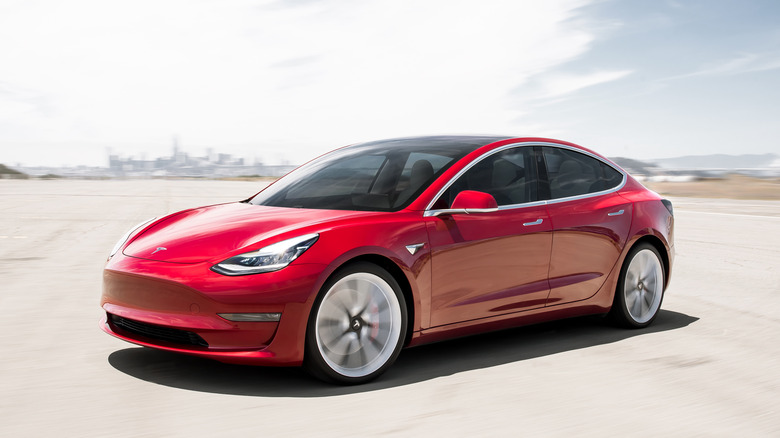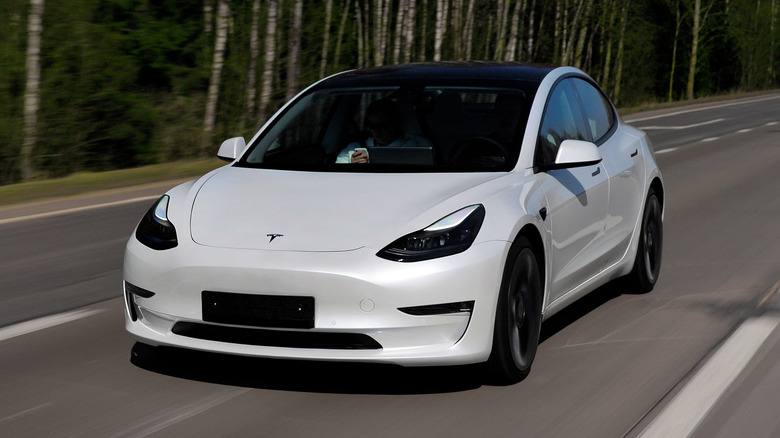Prospective Tesla Model 3 Buyers Are In For A Price Jump: Here's Why
Last week, Tesla confirmed that it is reducing the Federal EV tax credit on the Tesla Model 3 RWD and Long Range versions delivered after December 31, 2023, from $7,500 to just $3,750. Today, the company went back on this, saying that the Model 3 RWD and Long Range would now receive no tax credit whatsoever as of January 2024, dumping even the reduced amount. Tesla unceremoniously announced this decision via its official Twitter handle.
Unfortunately, the federal $7500 EV tax credit will end entirely for Model 3 RWD & Long Range delivered after 12/31.
Vehicles available for immediate delivery → https://t.co/avt6IFEavF https://t.co/OnRGd1JT6F
— Tesla (@Tesla) December 13, 2023
For a large percentage of budget-conscious EV buyers, the $7,500 credit played a crucial role in reducing the cost of ownership, making these variants of the Model 3 an attractive choice. The recent changes, however, can potentially redraw the competitive landscape for electric vehicles.
Tesla's decision to completely revoke the EV tax credit on these models marks a significant turning point for Tesla's most affordable offerings. These cars, previously seen as a gateway to the world of EVs for many budget-conscious consumers, would almost immediately see a price jump, making them less attractive to potential buyers in 2024.
In the Twitter post where Tesla made the official announcement, several commenters opined that this move is just a ploy from Tesla to sell more of these Model 3 variants before the end of the quarter. Some even believe that the company may bring back the previously announced $3,750 tax credit in 2024.
Temporary tactic or permanent shift?
While it could very well be that Tesla could bring back the $3,750 tax credit next year, there is no denying that the company will find it extremely difficult to do so, given the tightening of government regulations surrounding component sourcing and the origin of battery materials. The new regulations, taking effect in January 2024, prioritize domestic manufacturing, demanding a higher percentage of batteries and materials be sourced from North America. This puts Tesla in a bind, as its current supply chain leans heavily on overseas partners.
Currently, it is believed that all of the affected Tesla Model 3 variants use LFP battery cells that come from China. For these vehicles to continue to qualify for the tax credits, Tesla would need to switch to battery cells that are locally sourced and made in the U.S. Currently, it is unclear if Tesla has taken steps to implement this change. If yes, there is a possibility that the $3,750 tax credit might make a comeback.
However, if Tesla decides it would be financially unviable for them to equip these vehicles with more expensive, locally sourced components, it could trigger a major overhaul of the 2024 lineup. This could involve discontinuing the RWD and Long Range versions, introducing new variants with higher local content, or raising prices to offset the costs.

